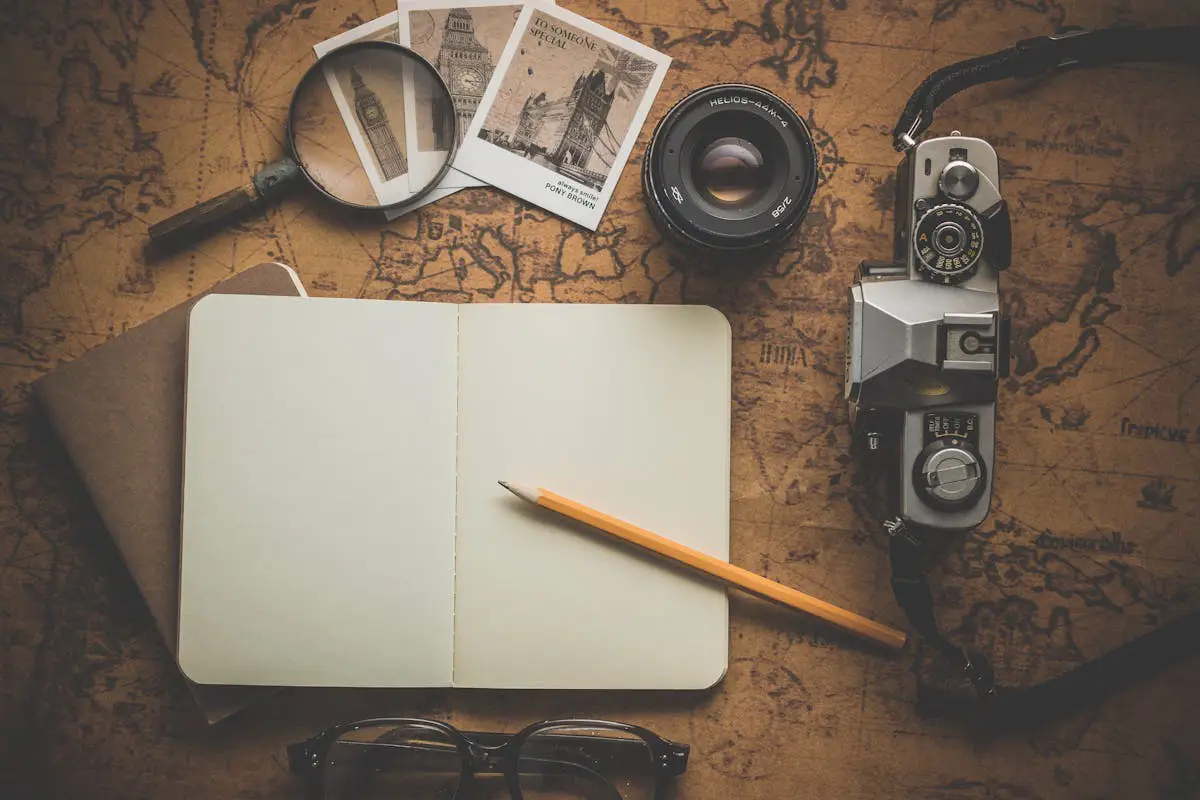This post has already been read 24 times!
Walking into a room filled with memorabilia feels like stepping into a time capsule. Each item, whether it’s a concert ticket, a postcard from a faraway land, or a childhood toy, tells a story. Memorabilia isn’t just about collecting objects; it’s about preserving moments that have shaped our lives.
The Emotional Connection
When we hold a piece of memorabilia, we’re not just touching an object; we’re reconnecting with a memory. Consider the feeling you get when you find an old photograph. Suddenly, you’re transported back to that moment, reliving the sights, sounds, and emotions. This emotional connection is what makes memorabilia so powerful.
The Role of Memorabilia in Our Lives
Memorabilia serves as a bridge between our past and present. It’s a way to remember where we’ve been and how far we’ve come. For instance, many people keep their first love letters, not for the paper they’re written on, but for the flood of memories they bring. These items remind us of our personal growth and the experiences that have shaped us.
Personal Stories
Take Sarah, for example. She has a collection of postcards from her travels. Each postcard represents a place she’s visited and the adventures she had there. When she feels nostalgic, she flips through her collection, each card sparking memories of exotic locations and the friends she made along the way. For her, these postcards are more than just paper; they’re a testament to her journey and experiences.
Creating New Memories
Collecting memorabilia isn’t just about looking back; it’s also about creating new memories. When you attend a concert and keep the ticket stub, you’re saving a piece of that experience. Years later, that ticket will remind you of the excitement, the music, and the people you were with. It’s a way to make the intangible tangible.
The Craft of Memorabilia
Crafting your own memorabilia can be a deeply rewarding experience. Scrapbooking, for example, allows you to combine photos, ticket stubs, and other keepsakes into a personalized book. This creative process not only preserves your memories but also gives you a chance to relive them as you craft.
Crafting Keepsakes
John loves baseball. Over the years, he’s collected tickets from every game he’s attended. He decided to create a framed collage of these tickets, each representing a different game and memory. This collage now hangs in his living room, serving as a daily reminder of his passion and the unforgettable moments he’s experienced.
The Value of Handmade Memorabilia
Handmade memorabilia holds a special place in our hearts. A hand-knitted sweater from a grandparent, a handmade card from a child, or a crafted piece of art from a friend carries with it the love and effort of the creator. These items often become treasured heirlooms, passed down through generations.
Preserving Family History
Memorabilia plays a crucial role in preserving family history. Old letters, photographs, and heirlooms connect us to our ancestors and help us understand our roots. They provide a tangible link to our past, making history come alive in a way that textbooks can’t.
Family Heirlooms
Consider Emily, who inherited her grandmother’s locket. Inside, there’s a tiny photograph of her grandparents on their wedding day. This locket isn’t just a piece of jewelry; it’s a cherished family heirloom that tells the story of love and commitment. Emily wears it not just as an accessory, but as a tribute to her family’s history.
The Therapeutic Power of Memorabilia
Engaging with memorabilia can also be therapeutic. Reflecting on happy memories can boost our mood and provide comfort during tough times. Creating and organizing memorabilia can also be a mindful activity, helping us focus on the present and reduce stress.
The Community of Collectors
Memorabilia can also bring people together. Collectors often form communities, sharing their passion and knowledge. These communities provide a sense of belonging and a platform to exchange stories and memories.
Community Connections
Mark, an avid comic book collector, attends conventions where he meets other enthusiasts. These events are more than just about buying and selling comics; they’re about sharing a love for the art form and the stories within. Through these connections, Mark has made lifelong friends who share his passion.
Making Memorabilia Last
To ensure your memorabilia stands the test of time, it’s important to take care of it. Store items in a cool, dry place and use acid-free materials for scrapbooking. Digitalizing photos and documents can also help preserve them for future generations.
The Digital Age and Memorabilia
In the digital age, memorabilia has taken on new forms. Social media posts, digital photos, and online journals are the modern equivalents of letters and scrapbooks. These digital keepsakes are easily shared and preserved, making it simpler to maintain and revisit our memories.
Digital Memories
Rachel keeps a digital diary, complete with photos and videos from her travels. Each entry is a vivid snapshot of her experiences. When she feels like reminiscing, she simply opens her diary on her tablet and is transported back to those moments. This digital format allows her to easily share her adventures with family and friends.
Why It Matters
Ultimately, memorabilia is about the stories behind the objects. It’s about the memories they hold and the emotions they evoke. These items remind us of our journeys, our loved ones, and the moments that have shaped us. They are not just objects; they are pieces of our lives.
What pieces of memorabilia hold the most meaning for you? Share your stories and memories in the comments below. Let’s celebrate the moments that have made us who we are.

